Why we go nuts in India
In Himachal Pradesh in India, Statkraft is well under way with the construction of the Tidong hydropower plant, where the surrounding nature requires special attention. Not least, it is about protecting endangered pine trees with sought-after pine nuts that provide important income for the local population.
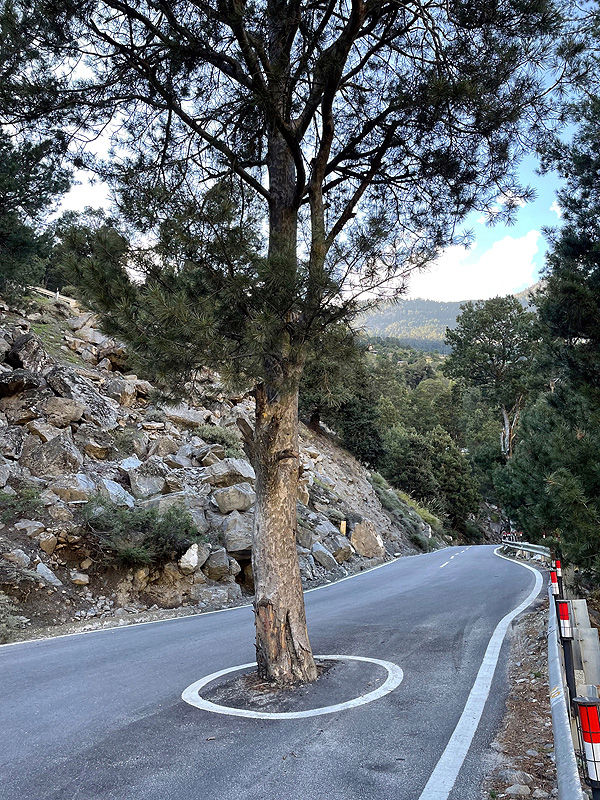
The Chilgoza pine tree grows at altitudes between 1,800 and 3,350 metres above sea level.
Pine nuts harvested from the Chilgoza trees are essential to the livelihoods of the local people along the border with Tibet.
These large trees are so important to the local communities that they are allowed to grow in the middle of the road to the district capital, Reckong Peo, despite the hazard they pose to traffic safety!
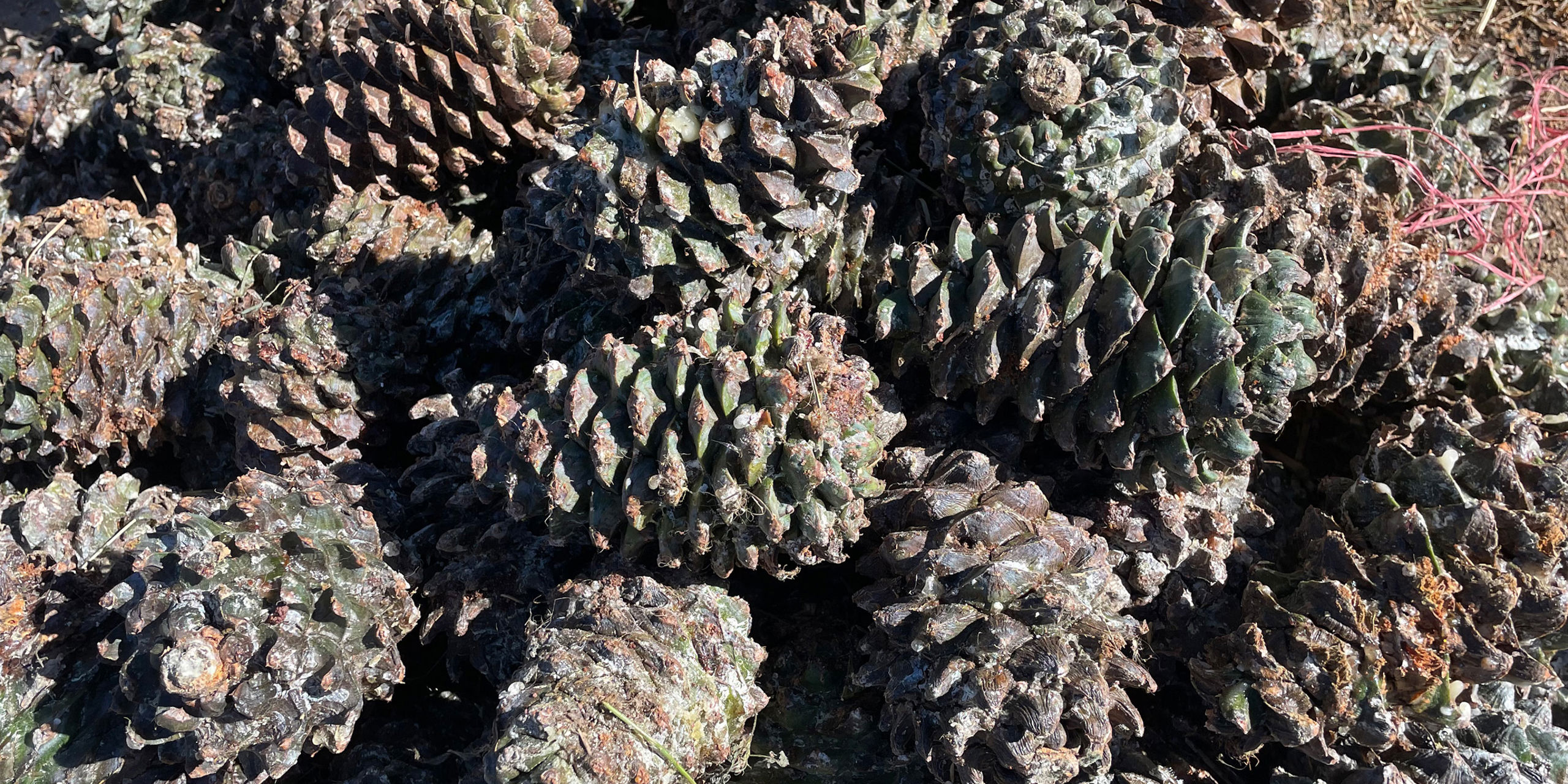
(All drone videos: Ajender Rathore)
A single, 20-year-old Chilgoza tree can produce four to five kilograms of pine nuts annually. Each kilogram sells for just over 17 euro. The price more than doubles once the sought-after pine nuts are offered at the marketplaces in Delhi and reach international export markets.
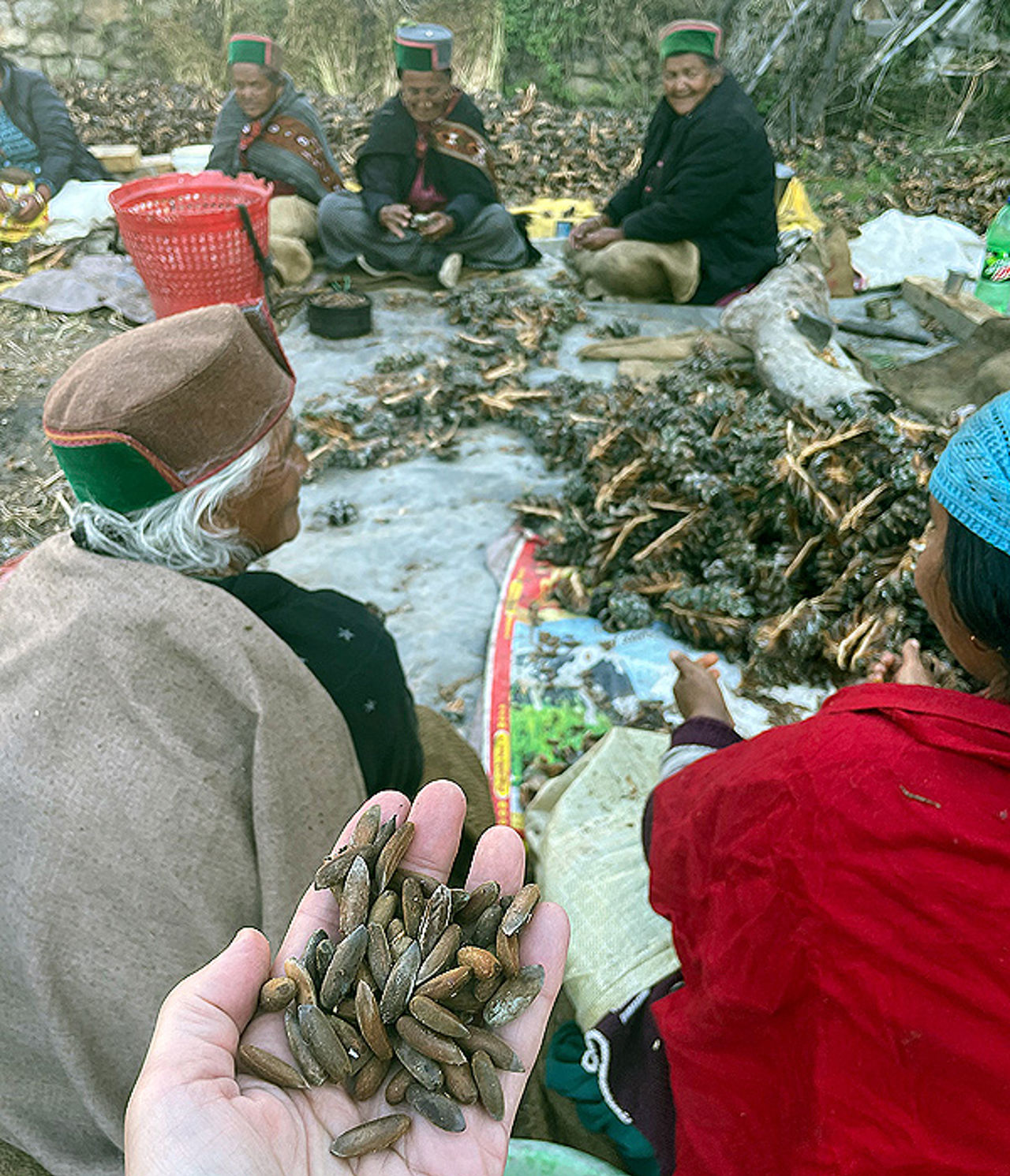
The Chilgoza trees have significant value for the residents of this Himalayan region.
The harvesting of the pine nuts provides jobs for those who specialize in climbing the tall trees and loosening the cones, or for those who have the job of picking the seeds out of the prickly, sticky cones.
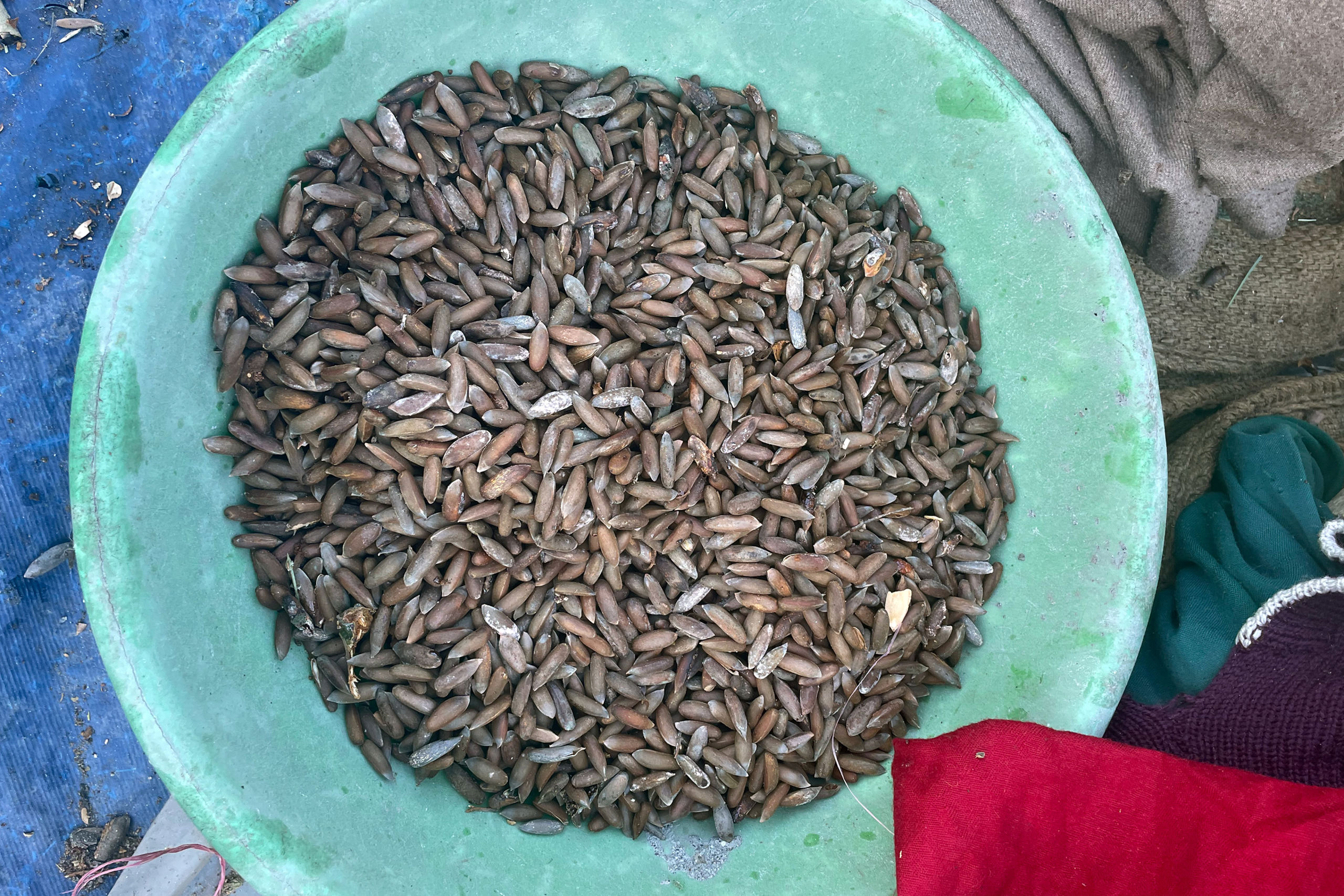
(All drone videos: Ajender Rathore)
The Chilgoza trees also have a special value for Statkraft. When developing power plants, it is important to protect biological diversity and avoid or minimize harmful impacts on nature and local communities.
It is in this mountainous region that Statkraft is building the Tidong Hydro Electric Project.
When the plant is completed, it will have an installed capacity of 150 MW and an estimated annual production of 694 GWH, enough to power 3.3 million households for one year.
The development of this power facility requires 8.5 kilometres of partly steel-lined tunnel, a 610 meter vertical shaft, and three 50 MW Pelton turbines producing 50 MW each. In addition, approximately 17 kilometres of 220kV transmission line must be constructed.
This immense undertaking began after Statkraft acquired the project in 2018. The project is planned to be completed in 2022.
In addition to Tidong, Statkraft's operations in India include the two hydropower plants Allain Duhangan and Malana, both of which are in operation. All three facilities are located in the state of Himachal Pradesh. In addition, Statkraft is building a solar power plant, Nellai, in the state of Tamil Nadu.
Building a major power plant in this area means that some of the valuable Chilgoza trees must be pruned or cut down.
Chilgoza is included in the IUCN Red List of endangered species. They only grow in this region and in a few places in Afghanistan and northern Pakistan.
The transmission line corridor will cut through areas where the rare trees grow.
Statkraft has a continuous focus on minimising the environmental consequences and mitigating the harmful effects on the Chilgoza trees as much as possible.
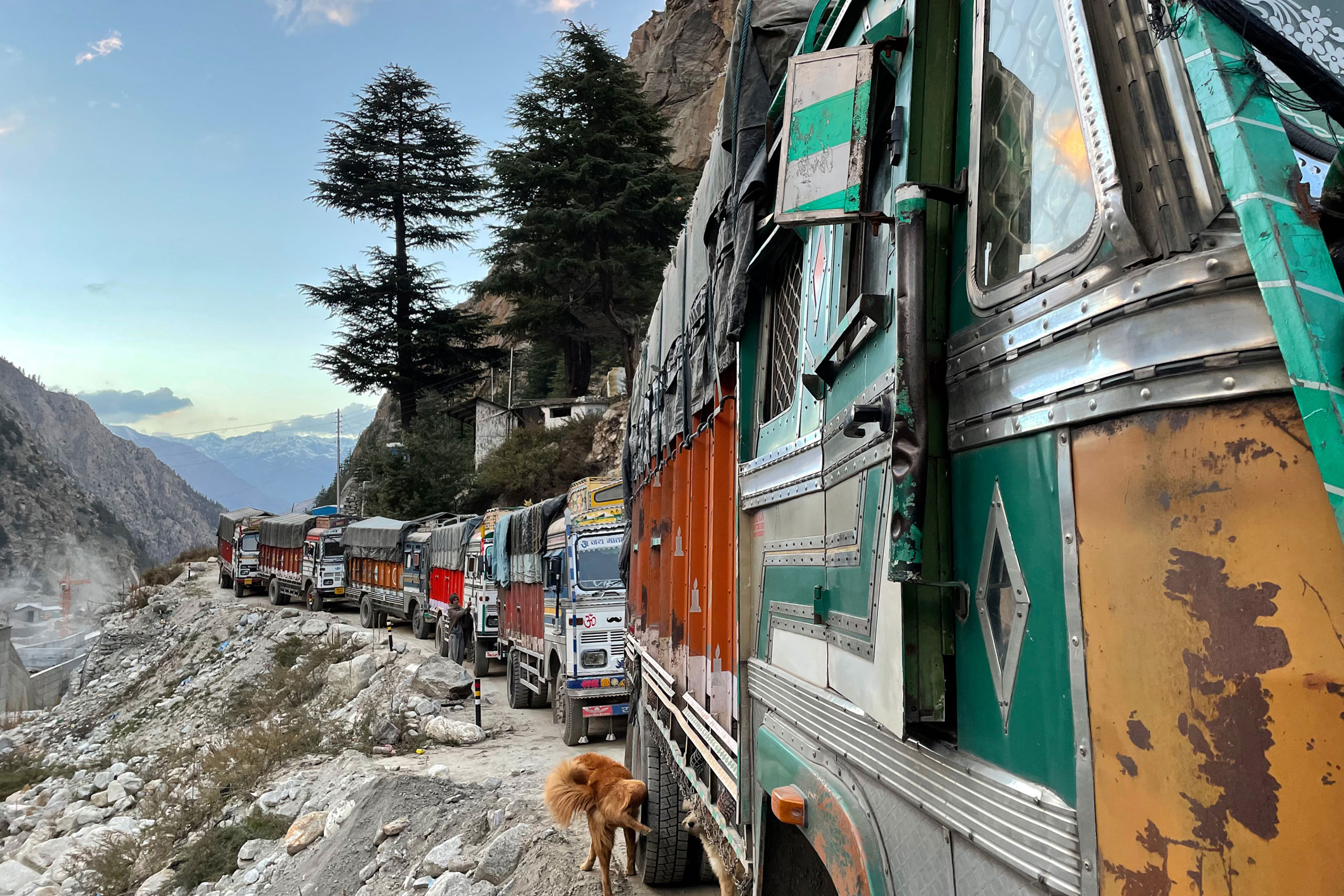
(All drone videos: Ajender Rathore)
In the area to the west of the Tidong power plant, the establishment of access roads to tunnel and shaft construction sites has definitely impacted the surrounding terrain.
But reforestation efforts have started in the area next to the power plant, and two Chilgoza trees will be planted for every tree lost.
Statkraft is acutely aware of the impact that building a power facility can have on the local environment and surrounding communities.
“We are interested in understanding how our facilities, transmission towers and power lines will affect biodiversity in the area, as well as the consequences it will have for the livelihood of the local people,” explains Pål Høberg, Environmental and Social Manager for Statkraft.
For Statkraft, taking account of the project’s local impact involves careful planning and implementation. For every tree cut down, two new trees are planted! And all activities are carried out in close cooperation with the local forestry authorities and communities to ensure the sustainable management of the key resource represented by the Chilgoza trees.
“We are setting clear targets, following up the reforestation programme and partnering with a skilled forest manager. We are establishing a long-term maintenance and monitoring programme to ensure that the survival rate targets for the trees are met, with the aim that after 20 years, the trees will produce enough pine nuts to benefit all households affected by the project,” says Høberg.
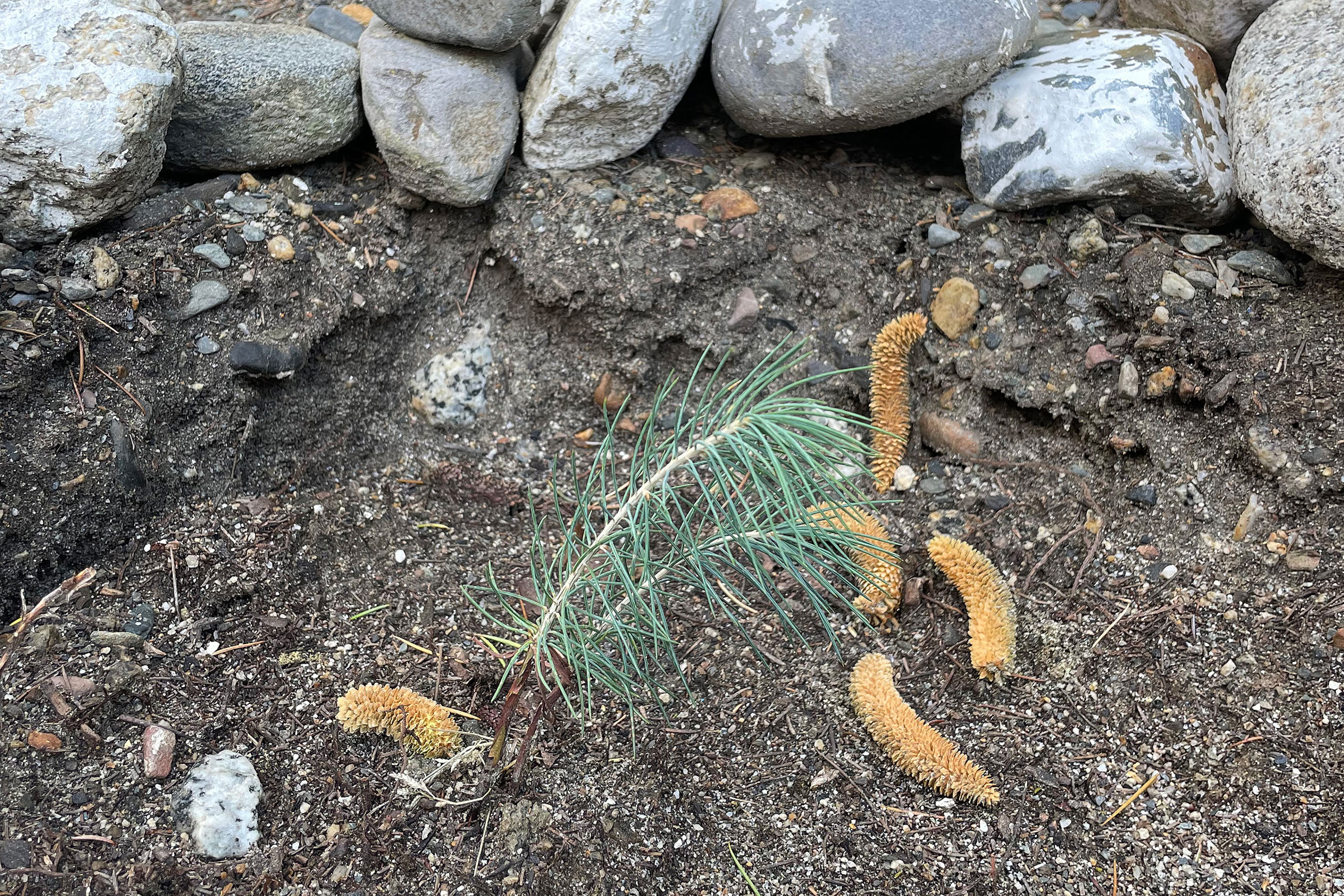
(All drone videos: Ajender Rathore)
The tree planting programme is financed through Statkraft’s Tidong Sustainability Fund, which was a precondition for constructing, owning, and operating the Tidong power plant. Local government will monitor and enforce the conservation initiatives.
But despite these efforts, some families will still experience a loss of livelihood due to the removal of trees and the time it will take for the new trees to grow.
This is why Statkraft will compensate the local communities with the equivalent of a 40 year loss of production.
“We must be open and honest”
To implement hydroelectric projects in India it is critical to inform, involve and consult the local stakeholders and affected communities.
“We must be open and honest about everything involving biodiversity and livelihoods, and what our impact may be. Statkraft would not be able to implement a project such as this without local consent, open dialogue and positive relationships with community members,” says Høberg.
“In Statkraft, we recognise that it is fundamental for sustainable development to protect and conserve biodiversity, maintain livelihoods at the same standard or better for those affected by our projects and responsibly manage living natural resources. This applies everywhere we operate,” says Høberg.

Statkraft believes that its green, renewable energy projects can benefit local communities. And the company is committed to monitor and minimise negative impacts throughout the entire project life cycle.
“For Statkraft’s International Power team, sustainable behaviour means being resource efficient, respectful of the environment and a good neighbour,” adds Høberg.
“That’s our commitment.”

Learn more about sustainability and social responsibility in Statkraft
Statkraft's ambition is to contribute to a more sustainable future by bringing renewable energy to industries, businesses, local communities and homes around the world. We do this by investing only in renewable energy, as well as through sustainable and responsible behaviour.
Read more
Opens in new tab or window